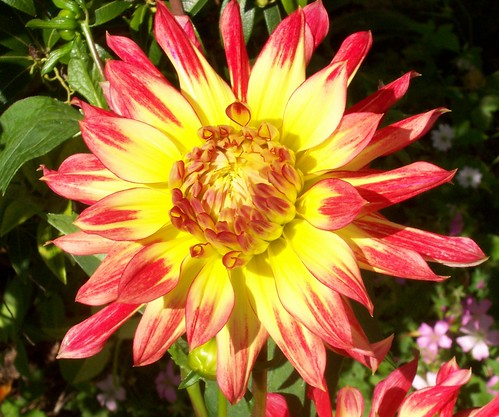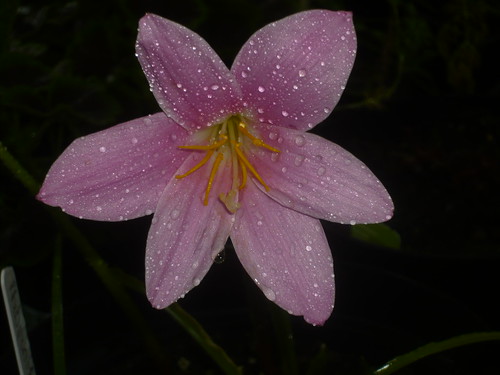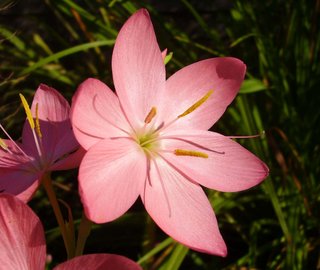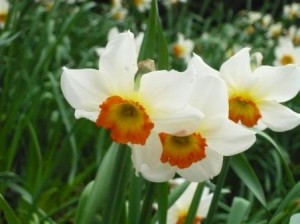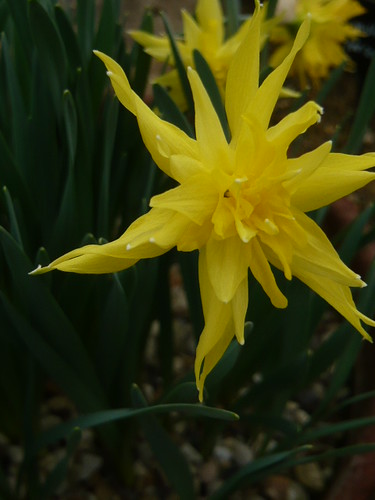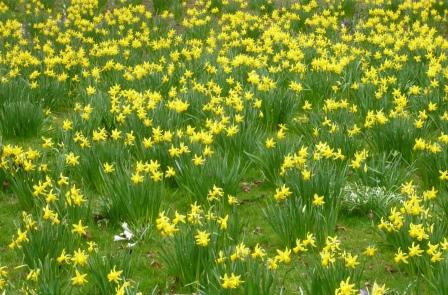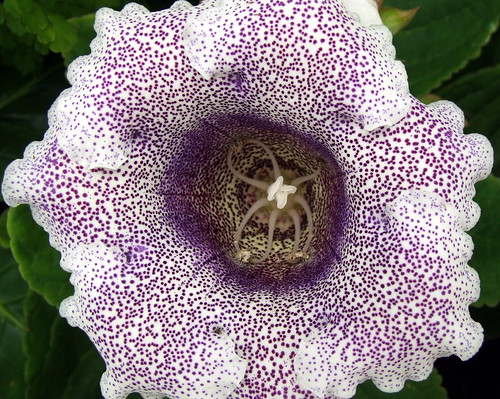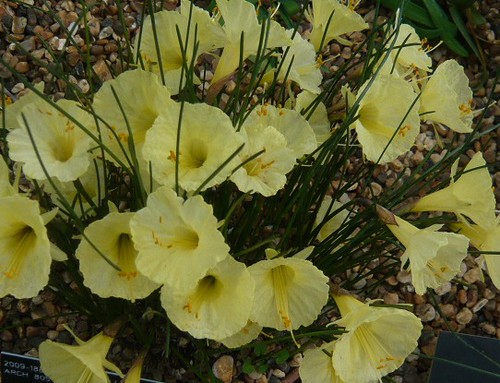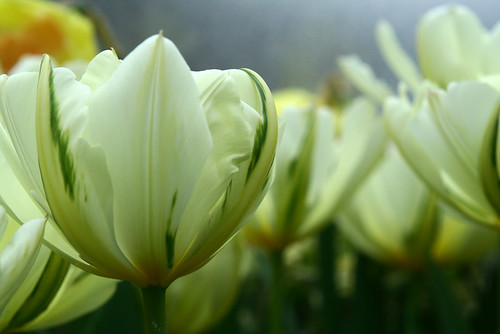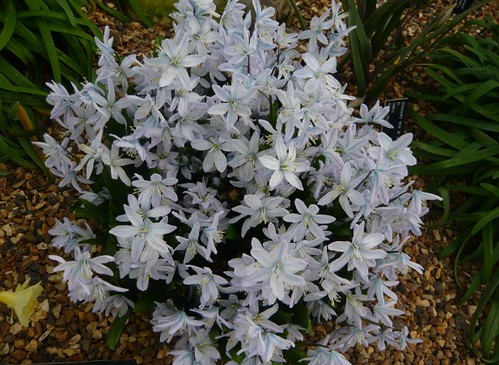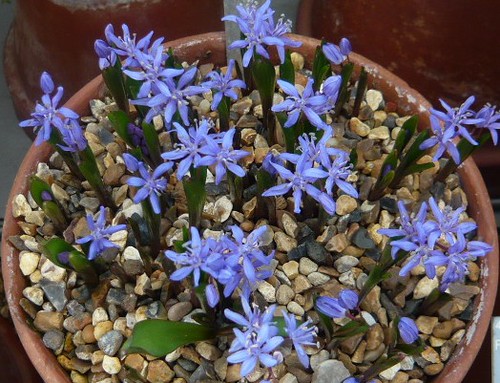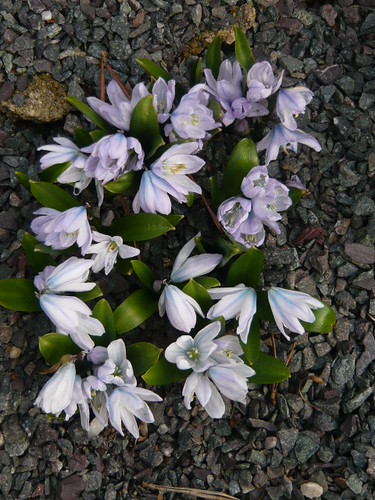Ten Summer Bulbs to Try
- Eucomis – The pineapple flower last for months and are very decorative.
- Dahlia – A perennial favourite that is returning to fashionable gardens in need of late summer colour.
- Allium – Globemaster looks like it says in the name.
- Arum or Calla Lilies have distinctive spadix spikes of yellow through white petals.
- Canna – I like the dark leaved varieties with vibrant red flowers
- Stargazer Lilies – are very showy and fragrant.
- Galtionia – The summer Hyacinth worked very well in my garden last year and produced plenty of bloom.
- Gladioli – Always make a fine show plant, cut flower and vertical statement in your garden
- Agapanthus – The bulb of the last decade for my taste but still very popular in clumps or pots.
- Regal Lily – saved to the last on this list but one of my first choices. Can be planted through till June for flowering in 3 months.
Let us know in the comments which varieties and colours catch your attention. If you have another summer bulb you prefer let us know that as well and we will publish your views.
Read Growing Habranthus
